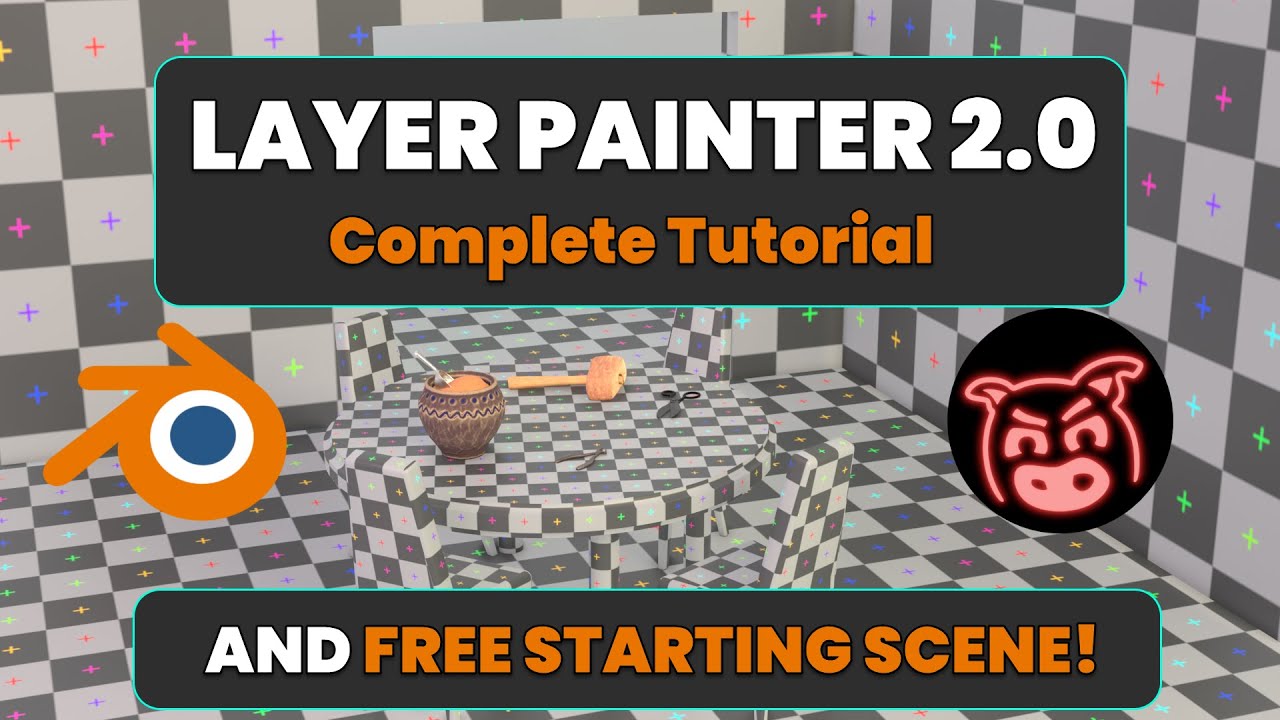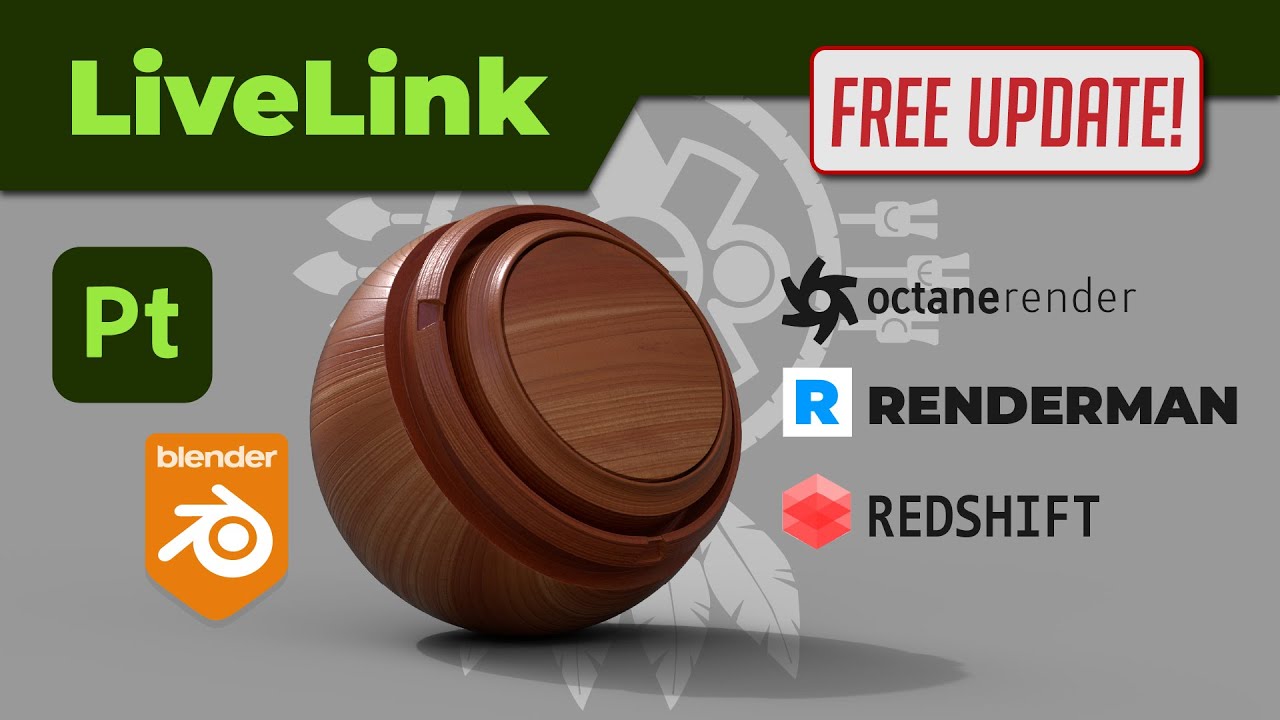I don’t consider myself a complete noob but I am no expert either. Having using blender on and off for the past two years I have yet to settle on a definitive texturing workflow.
The vanilla node shading got me through the first dozens of hours but more and more I found myself needing more than just some pbr textures mixed together on a prop.
Save for the rather verbose ways of constructing masking nodes, the constant use of ctrl alt for panning has caused me great strain in my wrist that I need to migrate to alternative ways.
I have been experimenting with both substance painter and quixel mixer.
Mixer
I am still no good at decent topology and during texturing I have discovered several uv stretching. The thing about mixer is that when reimporting the meshes the texture layers are still there and after reassigning the material IDs and change the ao map on each texture masking very little work is lost.
Mixer has no baker so I need to supply my own baked map. So far I only need the material id and ambient occlusion. After fiddling with the baking and wondered why it wasn’t working I stumbled upon the great fork of TexTools by franMarz and baking becomes so much less difficult.
Commercial use of any megascan asset requires a license. Free assets restricted to for use with unreal engine rendering only. Blender may not used for final render without subscription. So it’s not really free.
Difficult to import custom asset ( need to write up metadata for each import material.
Also doesn’t work with polyhaven textures that doesn’t have displacement map.
No way to apply custom decal easily yet. Very limited painting functionality. The painting lags a lot on my machine.
Substance painter
On a free trial.
Starter assets ( materials brushes ) I don’t know if the steam version have those.
I have a scene with a road and two buildings on both sides. I was doing the texturing half way though I realized blender unwrap the side of the building into two orientations even though I have the top edge and bottom edge marked as seam. So I have to reimport the mesh and lost my progress several times fixing the uv.
I use assign material to segregate different textures and after I am done texturing apparently each texture sets exports to a different texture. I have all the uv project onto a single 4k texture and I thought I could use the material id map to combine them together.
I am surprised that combining texture sets into a single map is still not supported by the developers. I have seen two separate plugins that does the same thing from 2018 and 2019. My understanding is that vertex color is used as material id map and the texture set is to be kept as few in numbers as possible.
Beside that
Very easy to use custom asset import just drag file into asset tab. Import asset also has scoping (Limit to current project or make them available to all projects) I seems to have avoid the great asset purge by the recent update.
Applying decal seems to be way easier.
Perpetual license is still available on steam, though the dev keep promising that the steam version I still have my doubts. I am still gravitating towards steam version however.
The other big name options are pretty much out of my budget at the moment. ( Marmoset 3dcoat )
As for blender texturing add-ons, I am not sure how I should feel about them. On one hand I think supporting indie dev is the way to go, on the other I am not sure if the devs could keep up with the pace blender is getting updated. Each add-ons also do things differently. Also wrist pain and I prefer layers.
So. What’s your workflow?

